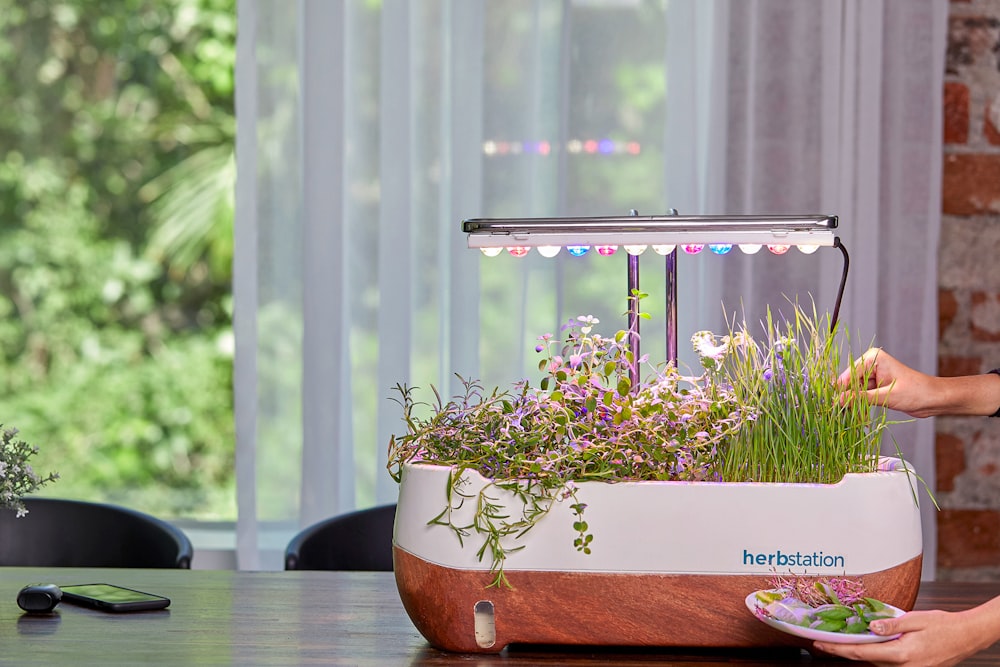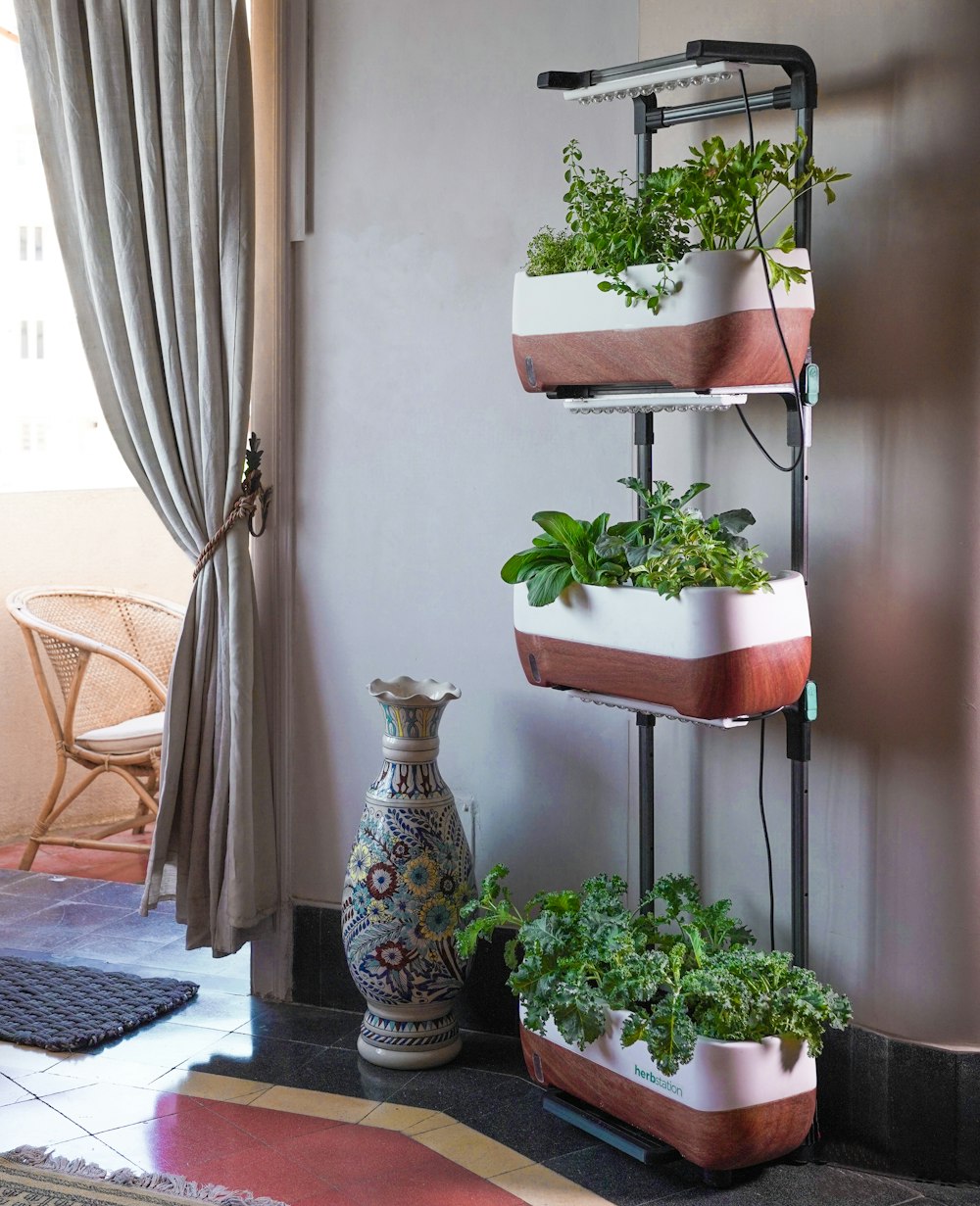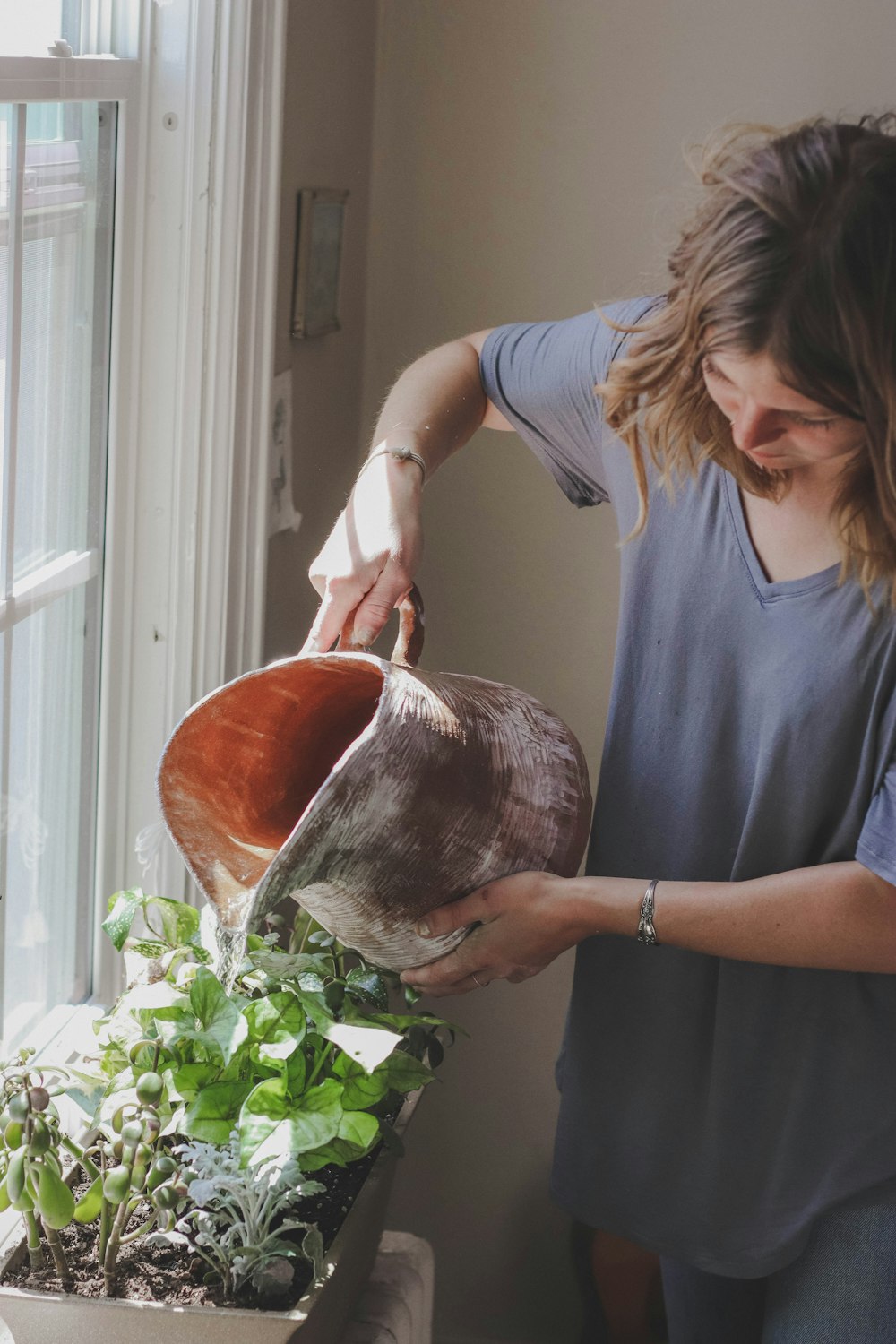Rectangular Planters – When you love having some plants or flowers in your house, you can start thinking about rectangular planters.
Instead of preparing a garden, it is more effective, and you will not need to prepare the large space. It is a good way to start a new habit in gardening.
Even, you only need to spare small space near the windows or around your kitchen, and it is enough to place the planter. There are various sizes, and many other interesting things to know about the planters.
A. How to use rectangular planters
Some people can see many pictures of the planters in houses. It can be found on the windowsills.
Using a rectangular planter effectively involves several steps, from choosing the right plants to ensuring proper care. Here’s a guide to help you get started:




1. Choose the Right Plants
- Consider the Size: Ensure the plants you choose have enough space to grow. Check the mature size of the plants.
- Light Requirements: Select plants that match the light conditions of the location where the planter will be placed (e.g., full sun, partial shade, full shade).
- Companion Planting: Some plants grow better together. Consider grouping plants with similar water, soil, and light requirements.
2. Prepare the Planter
- Drainage: Ensure the planter has drainage holes to prevent waterlogging. You can place a layer of gravel or broken pottery at the bottom to improve drainage.
- Soil: Use high-quality potting soil. Avoid garden soil, which can be too heavy and compact in containers.
- Fertilizer: Mix a slow-release fertilizer into the soil to provide nutrients over time.
Read also:
1. 135 Creative Small Apartment Patio Ideas to Transform Your Outdoor Space
2. Small Space Savvy: Front Yard Vegetable Garden Ideas for Limited Areas
3. 96 Small Apartment Storage Ideas: Maximize Space in Your Tiny Home




3. Planting
- Position Plants: Arrange your plants in the planter before removing them from their pots to find the best layout. Taller plants generally go in the center or at the back, with shorter plants around the edges.
- Planting Depth: Plant at the same depth they were in their original pots. Cover roots with soil and gently firm it down.
- Spacing: Leave enough space between plants for air circulation and growth.
4. Watering
- Initial Watering: Water thoroughly after planting to help settle the soil and reduce transplant shock.
- Regular Watering: Water when the top inch of soil feels dry. Containers dry out faster than garden beds, so monitor moisture levels regularly.




5. Maintenance
- Fertilizing: Use a liquid fertilizer every few weeks during the growing season or as directed for the plants you have.
- Pruning: Remove dead or yellowing leaves and spent flowers to encourage new growth.
- Pest Control: Watch for signs of pests and treat promptly with appropriate methods.
6. Seasonal Care
- Summer: Ensure the plants don’t dry out, as containers can heat up quickly.
- Winter: Depending on your climate, you may need to bring the planter indoors or provide protection from frost.




Tips
- Rotating: If your planter is on a patio or balcony, rotate it regularly to ensure even light exposure.
- Mulching: Adding a layer of mulch on top of the soil can help retain moisture and reduce weeds.
Then, there are also people who have some plants on the bigger planters, and it is placed around the backyard.
Basically, it is very flexible, and there are many sizes, starting from the tiny one to place on the table to the large planters to place on the floor.
Read also:
1. 135 Creative Small Apartment Patio Ideas to Transform Your Outdoor Space
2. 96 Small Apartment Storage Ideas: Maximize Space in Your Tiny Home
3. 48 Best Wood Coffee Table Ideas: Elevate Your Living Room Style




Small garden ideas
B. Material
Rectangular planters come in a variety of materials, each with its own advantages and disadvantages. Here are some common materials used for rectangular planters:
1. Wood
- Advantages:
- Aesthetically pleasing and blends well with natural surroundings.
- Good insulation properties help protect plant roots from extreme temperatures.
- Disadvantages:
- Can rot over time, especially if not treated.
- Requires regular maintenance (sealing or painting) to prolong its life.
- Common Types: Cedar, redwood, and teak are popular choices due to their natural resistance to rot and insects.




2. Plastic
- Advantages:
- Lightweight and easy to move.
- Often less expensive than other materials.
- Durable and weather-resistant.
- Disadvantages:
- Can degrade over time with exposure to sunlight (UV rays).
- Less environmentally friendly unless made from recycled materials.
- Varieties: Available in various colors, shapes, and finishes, including those that mimic other materials like wood or stone.




3. Metal
- Advantages:
- Strong and durable, with a modern, industrial look.
- Often available in various finishes and styles.
- Disadvantages:
- Can heat up quickly in direct sunlight, potentially harming plant roots.
- May rust over time unless treated or made from rust-resistant metals like aluminum or galvanized steel.
- Common Metals: Aluminum, galvanized steel, and corten steel (which develops a rust-like patina over time).




4. Ceramic and Terracotta
- Advantages:
- Attractive and available in various colors and designs.
- Provides good insulation for plant roots.
- Disadvantages:
- Heavy and can be difficult to move once filled with soil.
- Fragile and can crack or break if dropped or exposed to freezing temperatures.
- Considerations: Ensure proper drainage as these materials can retain water, potentially leading to root rot.




5. Concrete
- Advantages:
- Extremely durable and can last for many years.
- Provides excellent insulation for plant roots.
- Can be molded into various shapes and sizes.
- Disadvantages:
- Very heavy, making them difficult to move.
- Can be expensive.
- Types: Available in both raw and finished forms, sometimes with decorative elements.




6. Fiberglass and Resin
- Advantages:
- Lightweight yet durable.
- Resistant to weathering and UV rays.
- Can mimic other materials like stone, metal, or wood.
- Disadvantages:
- Can be more expensive than plastic.
- Some types may fade over time with prolonged sun exposure.
- Varieties: Often available in a wide range of colors and finishes.




7. Composite Materials
- Advantages:
- Made from a combination of materials (e.g., wood fibers and plastic), offering the benefits of both.
- Durable and resistant to rot and insects.
- Often eco-friendly, made from recycled materials.
- Disadvantages:
- Can be more expensive than single-material planters.
- Availability of styles and colors may be more limited.




Choosing the right material for your rectangular planter depends on factors like aesthetics, budget, maintenance, and the specific needs of your plants.
Regarding materials, you have many options. Normally, people love the wooden rectangular planters.
Small garden ideas
However, it can be quite pricy. Then, there is clay or polyethylene that comes with cheaper price.
Stone and terracotta planters may also be good, especially for the bigger sizes on outdoor.
read more:
Small garden ideas
C. Plants for rectangular planters
Choosing the right plants for rectangular planters depends on several factors, including the size of the planter, light conditions, and your aesthetic preferences. Here are some details to help you make the best choices:




1. Size Considerations
- Small Planters: Ideal for herbs, small flowering plants, and succulents.
- Medium Planters: Suitable for a mix of small shrubs, perennials, and larger annuals.
- Large Planters: Can accommodate small trees, larger shrubs, and a variety of perennials and annuals.
2. Light Conditions
- Full Sun: Plants that thrive in full sun include many herbs, vegetables, and flowering plants.
- Partial Shade: Suitable for plants like ferns, hostas, and certain flowering plants that prefer less intense light.
- Full Shade: Ideal for shade-loving plants like certain ferns, hostas, and impatiens.
3. Plant Categories
- Herbs: Basil, parsley, thyme, mint, and rosemary are great choices for rectangular planters.
- Vegetables: Leafy greens (lettuce, spinach), radishes, carrots, and dwarf varieties of tomatoes and peppers.
- Flowers:
- Annuals: Petunias, marigolds, geraniums, and impatiens.
- Perennials: Lavender, coreopsis, and daylilies.
- Succulents: Sedum, echeveria, and aloe vera.
- Shrubs and Small Trees: Boxwood, dwarf conifers, and small fruit trees (e.g., dwarf citrus).
4. Plant Combinations
- Thriller, Filler, Spiller Method: This design approach helps create visually appealing arrangements.
- Thriller: Tall, eye-catching plants (e.g., ornamental grasses, small shrubs).
- Filler: Medium-height plants that fill out the arrangement (e.g., petunias, geraniums).
- Spiller: Trailing plants that spill over the edges (e.g., ivy, sweet potato vine).
5. Edible Plants
- Herbs: Basil, parsley, thyme, mint, and rosemary.
- Vegetables: Leafy greens (lettuce, spinach), radishes, carrots, and dwarf varieties of tomatoes and peppers.
- Fruits: Strawberries, dwarf citrus trees, and small berry bushes.
6. Decorative Plants
- Flowering Plants:
- Annuals: Petunias, marigolds, geraniums, and impatiens.
- Perennials: Lavender, coreopsis, and daylilies.
- Foliage Plants: Hostas, ferns, and ornamental grasses.
- Succulents: Sedum, echeveria, and aloe vera.
- Shrubs and Small Trees: Boxwood, dwarf conifers, and small fruit trees (e.g., dwarf citrus).
7. Special Considerations
- Vertical Space: Use taller plants at the back or center and shorter ones in front.
- Color Coordination: Choose plants with complementary colors for a harmonious look.
- Seasonal Interest: Select plants that bloom at different times for continuous visual interest.
- Maintenance: Consider the care requirements of each plant, ensuring they have similar needs for water, sunlight, and soil type.
8. Example Plant Lists for Various Conditions
- Full Sun:
- Thriller: Ornamental grasses, dwarf sunflowers.
- Filler: Geraniums, marigolds.
- Spiller: Sweet potato vine, trailing petunias.
- Partial Shade:
- Thriller: Hostas, hydrangeas.
- Filler: Begonias, impatiens.
- Spiller: Ivy, ferns.
- Full Shade:
- Thriller: Ferns, coleus.
- Filler: Hostas, caladiums.
- Spiller: Creeping jenny, fuchsias.
Choosing the right plants for your rectangular planters can transform your space into a vibrant and visually appealing garden.
Next, it is about the plants. Basically, you are free to choose any plants.
Flowers, vegetables, vines, and also herbs can be planted.
However, it is better to find the smaller plants when it is in small planters.
Small garden ideas
D. Planting tips

Water, soil, and sunlight are important factors for the planters in the rooms.
Then, choosing suitable plant is also necessary since the planters may not have enough space to hold the roots and taller plants.
Small garden ideas
These are some points you should know regarding the planters.
Surely, this becomes good idea when you have the plans of small garden.
Small garden ideas
The planters will give easy access to do it.
By paying attention to the points above, it will not be too difficult to have your own rectangular planters.
– More Rectangular Planters Ideas –












